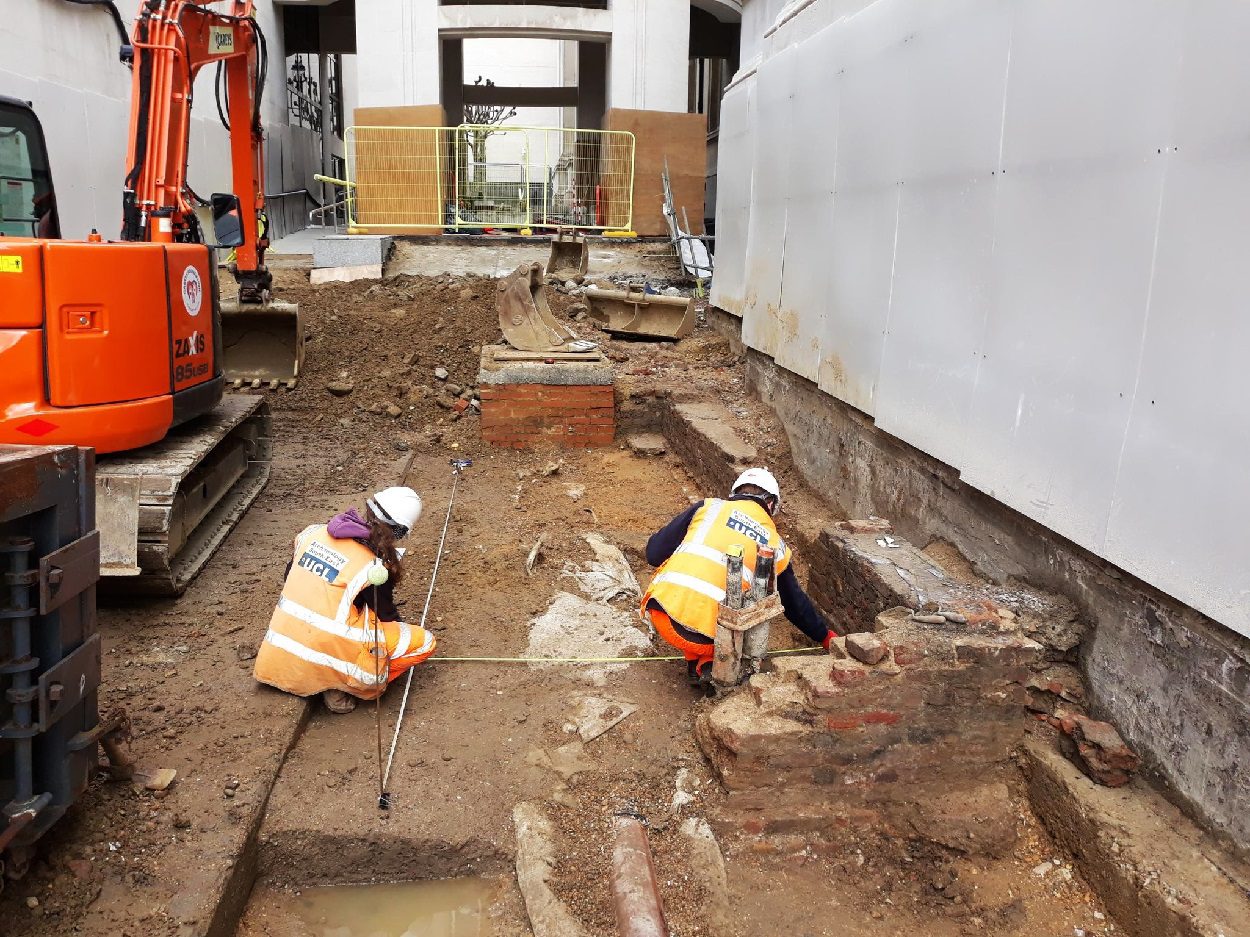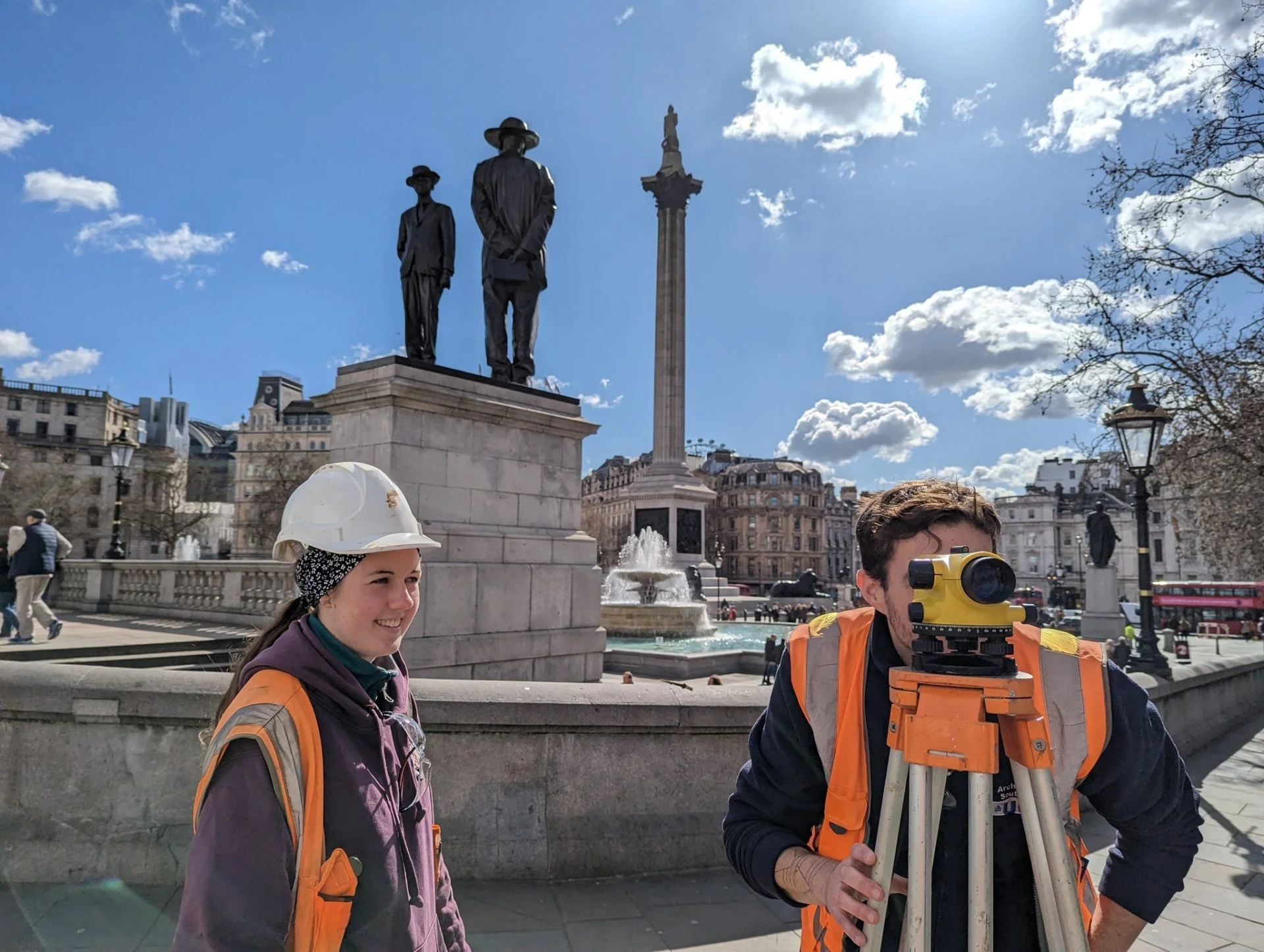Archaeologists from Archaeology South-East have uncovered traces of the Saxon town of Lundenwic beneath the National Gallery in London.
Following the collapse of Roman Britain, Londoninium (London) fell to ruin and was abandoned during the 5th century AD.
Anglo-Saxons settled 1.6 km’s to the west of the former Roman capital, establishing a small town known as Lundenwic in the area of present-day Covent Garden.
During the 6th century AD, England was split into multiple Anglo-Saxon kingdoms termed the Heptarchy. As borders changed through conquest and marriage, the town of Lundenwic found itself first within the domain of Essex, then Mercia, and subsequently Wessex.

Repeated Viking raids during the 9th century led to the abandonment of Lundenwic and the re-population of Londinium for safety behind the Roman walls. The Anglo-Saxon Chronicle notes that Alfred the Great “re-founded” London, known then as Lundenburg.
Archaeology South-East, which is part of the UCL Institute of Archaeology, has announced the discovery of Saxon material during excavations of the Sainsbury Wing at the National Gallery.
According to the researchers, the discovery now indicates that the town’s urban centre extended further west than previously thought. Excavations revealed a hearth, postholes, stokehole’s, pits, ditches, and levelling deposits from the western suburb of the town. Carbon dating of the hearth has returned a date range from between AD 659-774.
The excavations were undertaken as part of the National Gallery’s ‘NG200: Welcome’, a redevelopment project forming part of the Gallery’s Bicentenary celebrations.
Stephen White, who led the Jubilee Walk excavations for Archaeology South-East, said: “Excavating at the National Gallery was an incredible opportunity to investigate interesting archaeology and to be involved with some truly outstanding outreach.”
“The evidence we uncovered suggests the urban centre of Lundenwic extends further west than originally thought. This was made all the more exciting by having the chance to share that information, and how it relates to archaeology across London, with young people from this city,” added White.
Header Image Credit : Archaeology South-East





